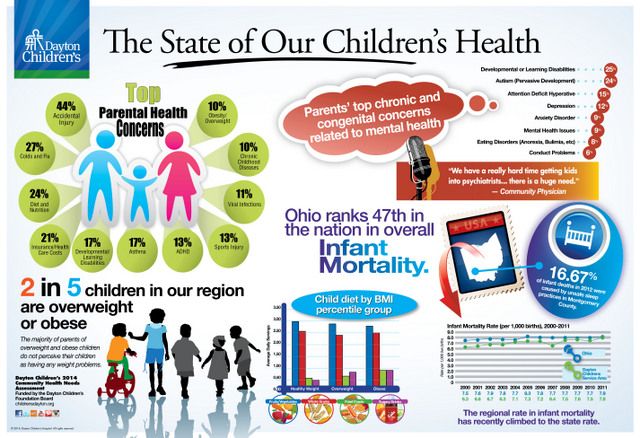Respiratory conditions are disorders that affect the respiratory system, which includes the lungs, airways, and other structures involved in breathing. These conditions can range from common colds and allergies to more serious conditions like asthma, chronic obstructive pulmonary disease (COPD), pneumonia, and lung cancer. In this article, we will explore some of the most common respiratory conditions, their causes, symptoms, and available treatment options.
Asthma
Asthma is a chronic respiratory condition that causes inflammation and narrowing of the airways, leading to difficulty breathing. It is characterized by recurring episodes of wheezing, coughing, chest tightness, and shortness of breath. Common triggers for asthma attacks include allergens, exercise, stress, and exposure to certain chemicals or pollutants. While there is currently no cure for asthma, it can be managed through medication and lifestyle changes to control symptoms and prevent exacerbations.
Chronic Obstructive Pulmonary Disease (COPD)
COPD is a progressive respiratory condition that primarily affects smokers and individuals exposed to secondhand smoke or occupational pollutants. It encompasses chronic bronchitis, which involves the inflammation and narrowing of the airways, and emphysema, which causes damage to the air sacs in the lungs. Symptoms of COPD include chronic cough, shortness of breath, wheezing, and frequent respiratory infections. Treatment for COPD focuses on relieving symptoms, slowing disease progression, and improving the patient’s quality of life through medications, pulmonary rehabilitation, and oxygen therapy.
Pneumonia
Pneumonia is an infection that causes inflammation in one or both lungs, primarily affecting the air sacs. It can be caused by bacteria, viruses, fungi, or parasites and often results in symptoms such as cough, chest pain, fever, and difficulty breathing. Treatment for pneumonia depends on the causative agent but generally involves antibiotics, antiviral medications, and supportive care measures like rest and hydration. Pneumococcal and influenza vaccines are widely recommended to reduce the risk of developing pneumonia.
Lung Cancer
Lung cancer is a type of cancer that starts in the lungs, usually from the cells lining the airways. It is the leading cause of cancer-related deaths worldwide and is primarily caused by long-term exposure to cigarette smoke. Symptoms of lung cancer can include persistent cough, chest pain, coughing up blood, hoarseness, and unexplained weight loss. Treatment options for lung cancer depend on the stage and can include surgery, radiation therapy, chemotherapy, targeted therapy, and immunotherapy.
Allergies
Allergies are the body’s immune system overreacting to substances that are typically harmless to others. Respiratory allergies, such as hay fever (allergic rhinitis) and allergic asthma, can cause various respiratory symptoms like sneezing, runny or stuffy nose, itchy or watery eyes, and wheezing. Avoiding triggers and using medication like antihistamines, nasal sprays, and inhalers can help manage allergy symptoms. Allergy testing can identify specific allergens, enabling the development of personalized treatment plans.
Conclusion
Respiratory conditions are diverse and disruptive to individuals’ overall well-being. Understanding the causes, symptoms, and available treatment options is crucial for effective management. While some respiratory conditions can be prevented through lifestyle choices like quitting smoking and reducing exposure to pollutants, others can be managed with appropriate medical intervention. Regular check-ups with healthcare professionals, especially for individuals at high risk, can aid in timely diagnosis and treatment, improving the quality of life for those affected by respiratory conditions.


